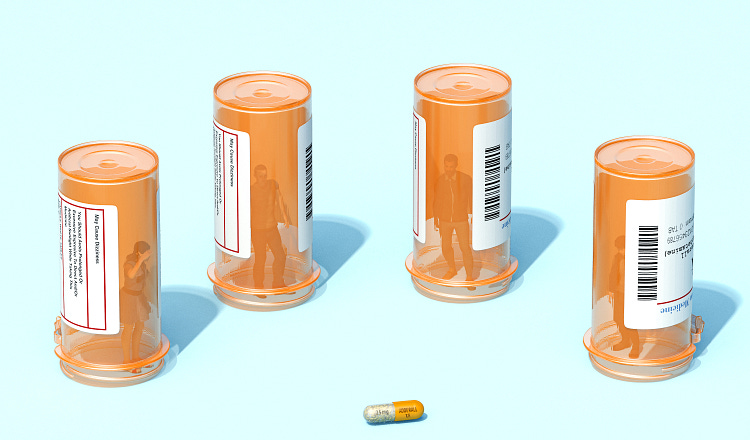America’s Love Affair with Adderall

From 2020 to 2021, Adderall prescriptions rose by more than 10 percent among American adults aged 25 to 44. A nationwide shortage is now wreaking havoc on many of their lives. (Illustrations by Pablo Delcan for The Free Press)
And what happened when we were forced to live without it.
344
When James Hilton was a high school sophomore in Darien, Connecticut, his parents sent him to a psychiatrist because of the many problems he was having at school: He struggled to do his assignments, and then forgot to turn them in. He played the guitar in the school band, but it was agony to sit still for practice.
“I rarely did my homework. I failed Fre…
Continue Reading The Free Press
To support our journalism, and unlock all of our investigative stories and provocative commentary about the world as it actually is, subscribe below.
$8.33/month
Billed as $100 yearly
$10/month
Billed as $10 monthly
Already have an account?
Sign In


